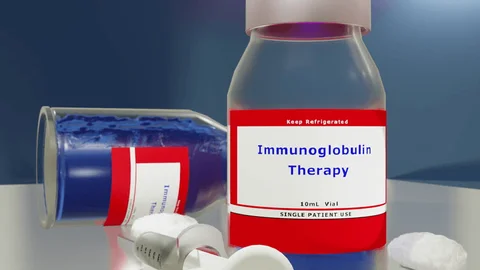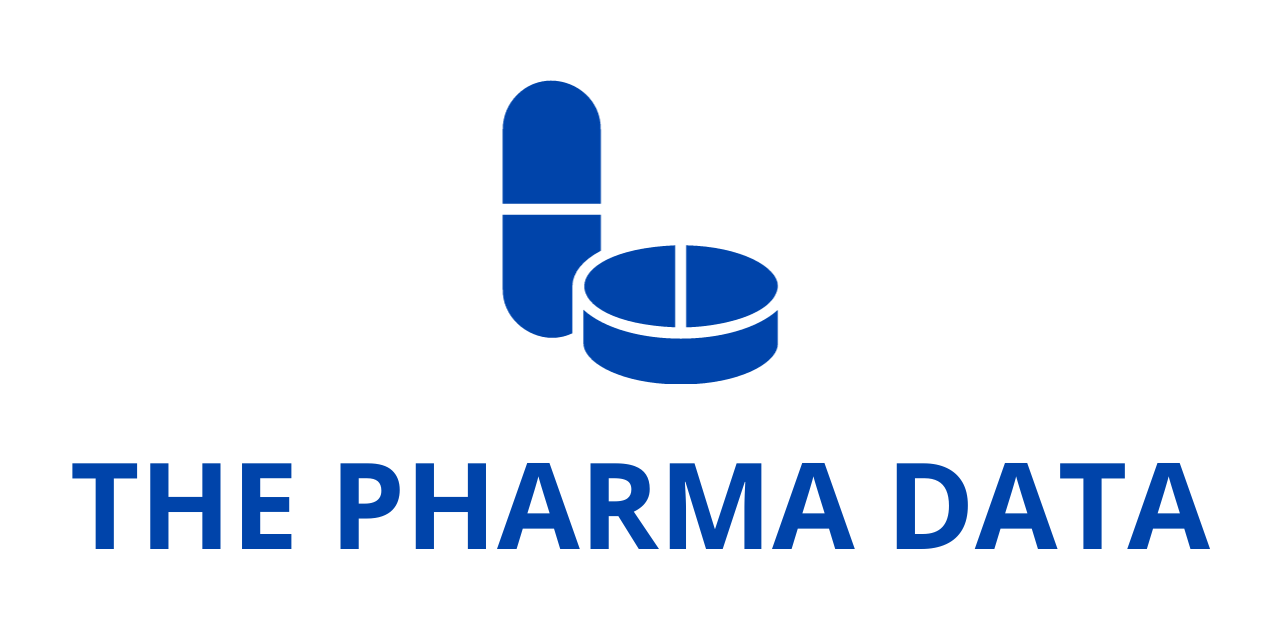
Takeda Secures FDA Approval for GAMMAGARD LIQUID ERC, the First Ready-to-Use Liquid Immunoglobulin Therapy with Low IgA Content
Takeda (TSE:4502/NYSE:TAK) announced today that the U.S. Food and Drug Administration (FDA) has granted approval for GAMMAGARD LIQUID ERC [immune globulin infusion (human)], a next-generation, ready-to-use liquid immunoglobulin (IG) therapy formulated with low immunoglobulin A (IgA) content. Specifically, GAMMAGARD LIQUID ERC contains ≤2 µg/mL IgA in a 10% solution and is now approved as a replacement therapy for individuals aged two years and older diagnosed with primary immunodeficiency (PI).
This milestone establishes GAMMAGARD LIQUID ERC as the only ready-to-use IG therapy in its class with low IgA content. Its convenient liquid formulation eliminates the need for reconstitution and can be administered either intravenously (IV) or subcutaneously (SC), reducing the preparation burden on healthcare professionals and easing treatment access for patients.
A Step Forward in Personalized Treatment Options for PI
Kristina Allikmets, Senior Vice President and Head of Research & Development at Takeda’s Plasma-Derived Therapies Business Unit, emphasized the significance of the approval in broadening treatment choices for people living with PI. “The FDA’s approval of GAMMAGARD LIQUID ERC reinforces Takeda’s commitment to advancing individualized therapy options for immunodeficient patients. With the lowest IgA content of any currently available ready-to-use liquid IG therapy, GAMMAGARD LIQUID ERC is designed to offer an improved patient experience while maintaining clinical efficacy and safety,” she said.
She further added that the new therapy is manufactured using the same advanced production process as Takeda’s other IG products, with a slight modification to one step that enhances IgA removal. This process consistency not only ensures product reliability but also aligns with Takeda’s long-term strategy to deliver a stable, scalable supply of diverse immunoglobulin therapies.
Launch Timeline and Global Availability
Takeda is planning to commercialize GAMMAGARD LIQUID ERC in the United States beginning in 2026, with a European launch expected in 2027 under the brand name DEQSIGA®, which has already secured approval from the European Medicines Agency (EMA). This rollout schedule aligns with the required manufacturing scale-up and quality control timelines typically associated with plasma-derived treatments.
Discontinuation of GAMMAGARD S/D: Transition to Next-Generation Therapy
Alongside the FDA approval for GAMMAGARD LIQUID ERC, Takeda announced plans to discontinue manufacturing of its older IG product, GAMMAGARD S/D [Immune Globulin Intravenous (Human)], a freeze-dried (lyophilized) immunoglobulin therapy containing less than 1 µg/mL IgA in a 5% solution.
GAMMAGARD S/D has been a valuable treatment option for decades, particularly for patients requiring extremely low IgA content. However, it is the only lyophilized IG therapy in Takeda’s portfolio and is produced through a legacy process that no longer meets the future manufacturing demands of the patient community. Manufacturing will cease by the end of December 2027, and Takeda will maintain supplies until existing inventory is exhausted or expires.
“We understand that some patients have relied on GAMMAGARD S/D for many years,” said Allikmets. “We’re sharing this information well in advance so patients and healthcare providers have adequate time to discuss treatment transitions and evaluate appropriate alternatives, including GAMMAGARD LIQUID ERC.”
About GAMMAGARD LIQUID ERC: An Enhanced IG Therapy
GAMMAGARD LIQUID ERC is indicated in the United States for replacement therapy in individuals aged two years and older with primary immunodeficiency. It is derived using the same manufacturing process as GAMMAGARD LIQUID but includes a modified process step that enhances the removal of IgA. The result is a ready-to-use product with IgA levels ≤2 µg/mL in a 10% solution.
While GAMMAGARD LIQUID ERC is not explicitly indicated for patients with IgA sensitivity, the low IgA content may make it a valuable option for those individuals, based on their physician’s clinical judgment. The product is contraindicated in patients with known severe systemic hypersensitivity or anaphylactic reactions to the product. Despite its low IgA levels, the potential for anaphylactic reactions remains and appropriate precautions must be taken.
About GAMMAGARD S/D: A Legacy Treatment Nearing Retirement
GAMMAGARD S/D is a freeze-dried immunoglobulin therapy formulated with IgA less than 1 µg/mL in a 5% solution and is approved for intravenous use. In addition to PI treatment in patients aged two and older, it is also indicated for preventing bacterial infections in patients with B-cell chronic lymphocytic leukemia (CLL), treating adults with chronic immune thrombocytopenic purpura (ITP), and managing coronary artery aneurysm risk in children with Kawasaki syndrome. However, its older manufacturing process and limited scalability have led to its planned phase-out.
Understanding Primary Immunodeficiency (PI)
Primary immunodeficiency encompasses a broad spectrum of over 550 rare, inherited disorders where the immune system fails to function effectively. PI conditions are caused by genetic mutations and often result in increased susceptibility to recurrent or persistent infections. Other symptoms may include abnormal autoimmune responses. Diagnosing PI can be challenging and often requires extensive testing by multiple specialists. In the U.S., PI affects approximately 1 in every 1,200 individuals.
Safety Profile and Important Warnings
Takeda’s full portfolio of IG therapies, including GAMMAGARD LIQUID, GAMMAGARD LIQUID ERC, and GAMMAGARD S/D, carry boxed warnings for serious risks such as thrombosis and renal dysfunction, including acute renal failure.
- Thrombosis Risk: All IG products may increase the risk of thrombotic events, including stroke, myocardial infarction, and pulmonary embolism. Patients at higher risk—such as the elderly, those with cardiovascular issues, or individuals using estrogen therapies—should be monitored closely. Adequate hydration and use of the lowest practicable dose and infusion rate are strongly advised.
- Renal Dysfunction: Acute renal failure and other serious kidney-related complications have been reported, especially in predisposed individuals. Although none of Takeda’s IG products contain sucrose—a known contributor to renal issues—careful patient selection and monitoring remain critical.
Other notable warnings include hypersensitivity reactions, aseptic meningitis, hemolysis, transfusion-related acute lung injury (TRALI), and the potential transmission of infectious agents due to plasma-derived production. Patients may also experience false-positive laboratory test results due to passive antibody transfer.
Common Adverse Events
Clinical trials and post-marketing surveillance have reported a range of adverse events:
- GAMMAGARD LIQUID (IV and SC use): Most common side effects included headache, fatigue, pyrexia, nausea, chills, diarrhea, and local site reactions.
- GAMMAGARD LIQUID ERC: Safety is extrapolated from studies with GAMMAGARD LIQUID. Reported side effects were similar and included headaches, pyrexia, fatigue, nausea, site reactions, and arthralgia.
- GAMMAGARD S/D: Most frequently reported reactions included nausea, chills, headache, fatigue, abdominal pain, and flushing. Serious post-marketing events have included renal failure, thrombotic complications, and hemolysis.




